An invasion by the Ân enemy ravaged the country during the reign of the sixth Hùng King. Everywhere villages were set on fire and the population massacred. Everywhere the drum rolls of the war mingled with the cries of the victims.
The King sent messengers out to every corner to discover a hero capable of saving the homeland.
At this time there lived a woman in Ke Dong who was no longer very young but still celibate. One day, on crossing the garden planted with aubergines, she saw the enormous footprint of a man. One does not know why but she had the idea to compare the footprint with her own. Scarcely had she put down her foot then she felt a strange sensation.
Some time after, she found that she was pregnant. Ashamed, she abandoned her native village and went to live in the forest. At the end of twelve months she brought a handsome boy into the world.
As she was homesick, she returned home with her son and again started to cultivate aubergines and to fish for crabs and snails to satisfy her needs and those of her little Giong.
She courageously faced everything, but one thing meanwhile saddened her. Giong, nearly three years old, neither spoke nor laughed. The whole day he remained motionless where she had left him.
The day the royal herald passed through the village hardly had the speaking horn become silent when the baby, standing up abruptly, called:
"Mother, will you invite the King's messenger to come in here for a few minutes?"
His mother, very happy, called the messenger.
"Return immediately to the Court and request the King to have a horse, armour, and an iron helmet made for me, and I will undertake to annihilate the invader," Giong said.
The representative, rather surprised, made his report to the King. The King gave an immediate order to the blacksmiths to work night and day to make the armour and the horse required by Giong.

After his interview with the King's messenger, the child grew in front of everyone's eyes. He each day swallowed larger potfuls of rice and every evening his clothes burst at the seams. As his mother no longer had enough rice and aubergines, the whole village helped her to feed Giong.
When the horse was finished, it was brought to the village. But Giong tapped the animal lightly on the back, and it collapsed and the blacksmiths, ashamed, carried it away.
They returned with a horse twice as larger and heavier. This time it again flattened under Giong's hand. Giong laughing, said to them:
"I need a horse with all its organs: heart, liver, lungs and intestines."
The King tore out whole sections of the mountain to find iron and thousands of workers speeded up the iron works day and night.
On the day fixed for the departure, the village offered Giong a meal composed of seven baskets of cooked rice and salted aubergines. Giong soon devoured the lot. Then he stood up and one could see him grow enormous.
The blacksmiths pushed the iron horse with great difficulty. Giong put on the helmet, but the armour was too small, and cracked. The village children filled the cracks with reed flowers.
Then, taking the iron whip, Giong jumped on the horse which, with a long whinny, bounded forward. Flames spouted from its nostrils. The enemy was then halted at Tran Son.
 St. Giong- Dong Ho painting
St. Giong- Dong Ho painting
On his galloping horse Giong brandished his whip and rode into the crowd of soldiers who fell like cut straw. The survivors fled. Giong followed them. But his whip suddenly broke. Then Giong tore out bunches of bamboo on his path to strike blows.
All the enemy were exterminated or dispersed.
Feeling thirsty, Giong tied his horse to a tree and, approaching a well, entirely emptied it.

Leaving the broken whip near the well, Giong galloped as far as Sóc Sơn mountain where he deposited the armour and helmet on. He climbed onto the top of the mountain, looking at his native land for a last time, then, on his iron horse, he rode up to the heaven.
The King had a temple erected at Ke Dong to the hero, saviour of the Homeland, and awarded him the title of "Celestial Prince of Phù Đổng."
This temple is still in existence at the village of Phù Đổng. They can show you the tracks of the horses' shoes where Giong passed. Today these are lakes which are round.
As for the bamboo which grows in the plain, they have the yellow colour called Dang Nga. This colour resulted from the fire which spouted from the nostrils of the iron horse. This fire even burnt a village still called today "Cháy" (Burnt Village) in northern Ha Bac province.
Every year, on the ninth day of the fourth lunar month, the Giong festival is held to commemorate the Saint Giong's victory over the invaders.
 St. Giong statue on Soc Son Mountain
St. Giong statue on Soc Son Mountain
 St. Giong temple in Phu Dong
St. Giong temple in Phu Dong

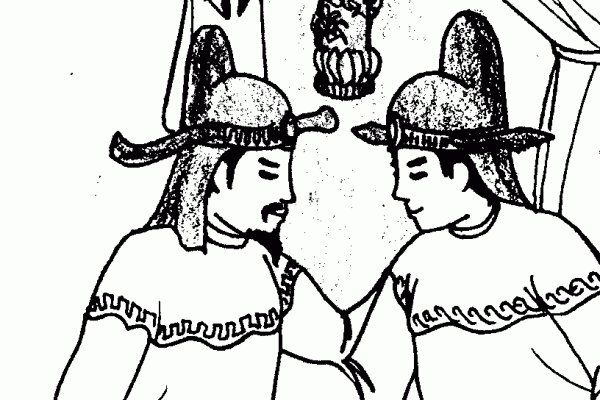
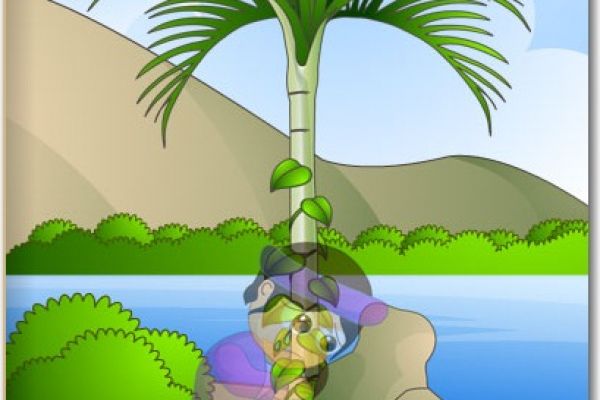

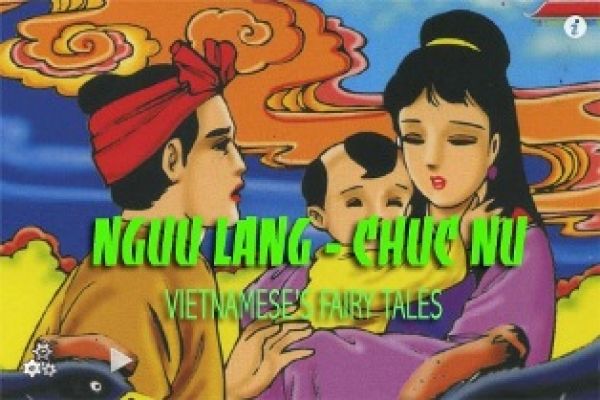
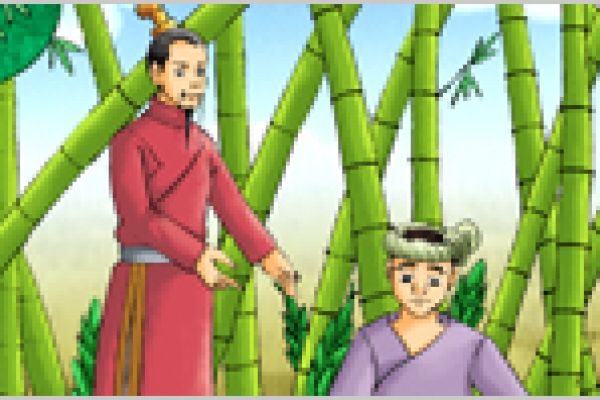
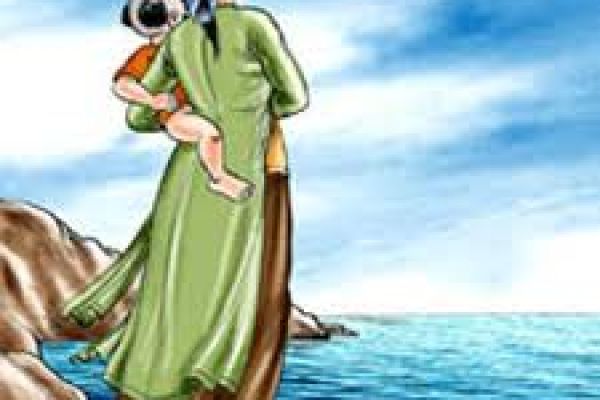
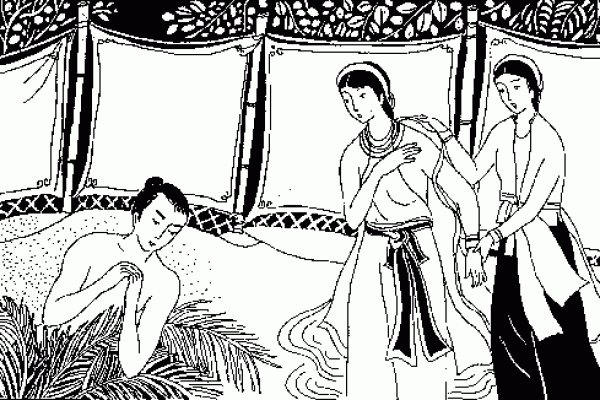
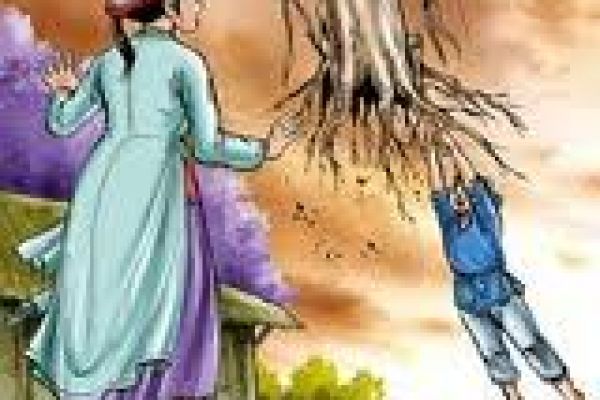
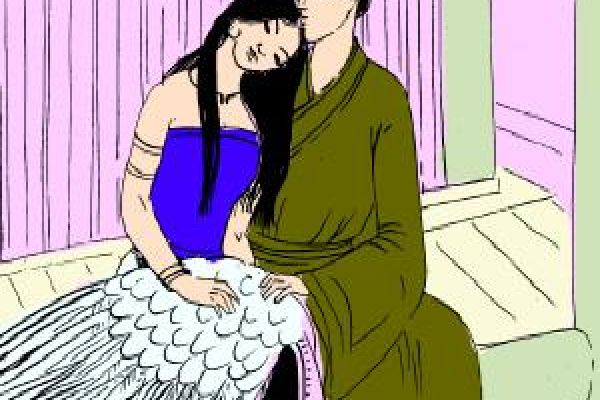
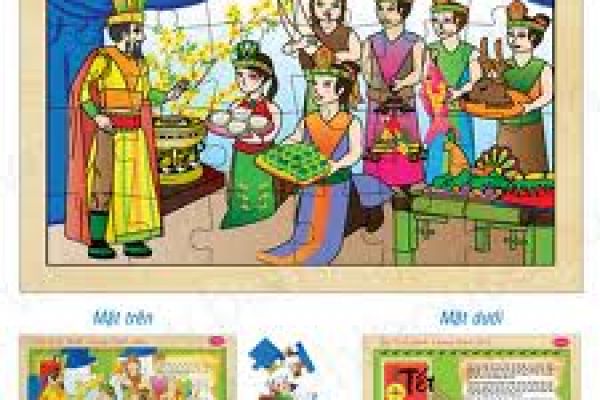
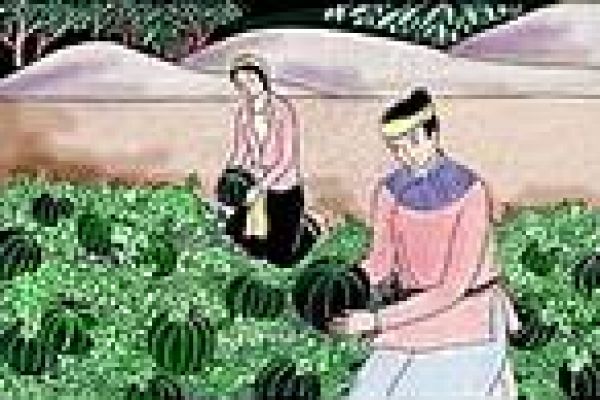
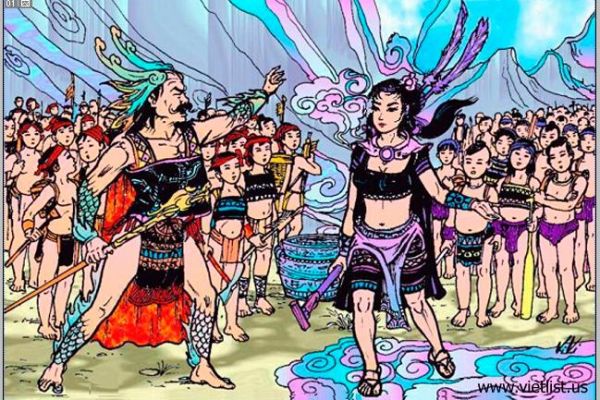
 Tags:
Tags: 